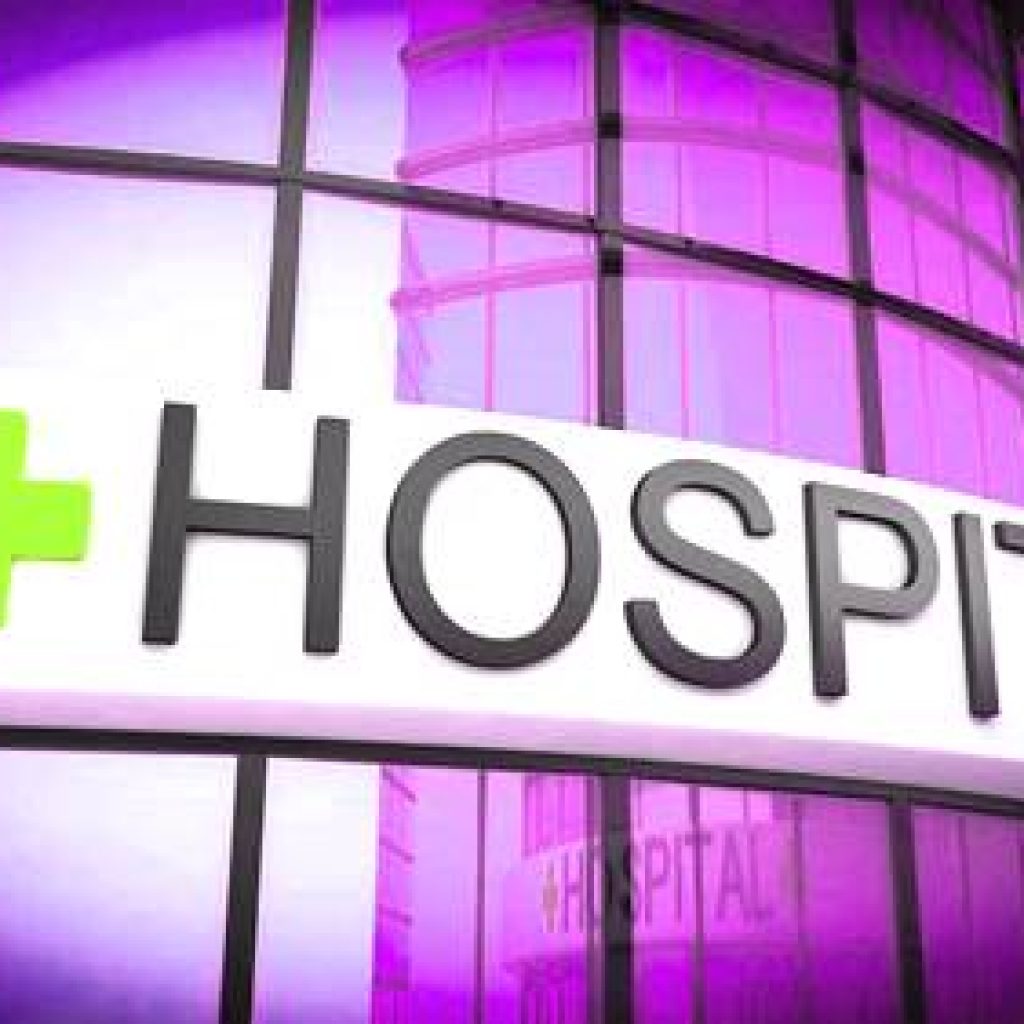Medicare, a national insurance scheme regulated by the U.S administration, is planning to reduce the payments for nearly fifteen New Jersey hospitals in 2018 having a high rate of patients suffering from hospital acquired infections, blood clots, and other injuries. Reliable sources cite that the penalties were aimed at encouraging the hospitals to enhancing patient care activities. As per the Affordable Care Act, the lowest performing 25% of hospitals in the country are required to be penalized. In accordance, it has been reported that the lowest performing hospitals in New Jersey were tallied at nearly twenty-three hospitals in 2015, twenty-one in 2016, and twenty-six in 2017.
According to reports, medical payments to those hospitals listed as lowest performing ones are anticipated to be lowered by the Medicare from October 2017 till September 30, 2018. As per one of the key officials of the New Jersey Hospital Association, the overall gains made by the hospitals in terms of patient safety and quality of healthcare are often ignored. Medical experts are of the view that hospitals that treat more patients having a high rate of health complications were more likely to be classified under lowest performing ones. Three hospitals in the New Jersey, namely Capital Health Medical Center-Hopewell, University Hospital in Newark, and Robert Wood Johnson University Hospital in New Brunswick, have been reported to be included among these.
It has been observed that some of the hospitals such as the Bayshore Medical Center and Hackensack receiving A grade from the Leapfrog Group on safety parameters were also penalized by Medicare three out of four years for lower performance. The organization even penalizes hospitals that had to readmit a large proportion of patients within thirty days of being discharged. As per the reports, Medicare defines the performance of hospitals on the basis of healthcare parameters such as bedsores, sepsis, Clostridium difficle infection, hip fractures, deep-vein thrombosis, methicillin resistant staphylococcus, hemorrhages, and urinary or central-line catheter infections.



